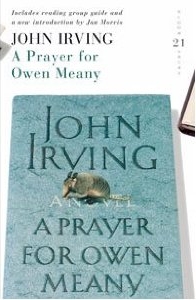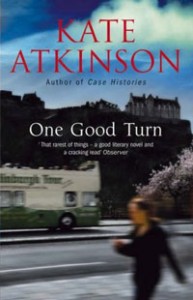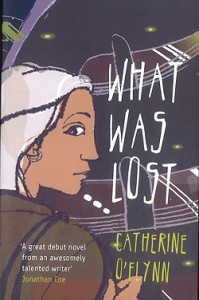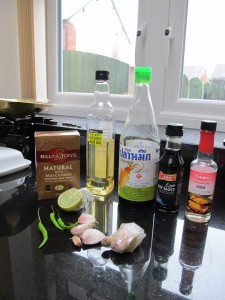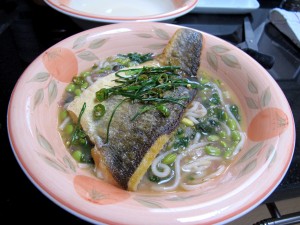Veena’s recipe makes a very tasty rogan josh with a wonderful spectrum of flavour but it can take ages to make unless you get organised. I may adjust the recipe a little because I find there is too much black cardamom in it and I prefer the onion seeds to be roasted and ground rather than added whole.
30 Oct 2012
Mark and I made a rogan josh for the pool team using 2.3kg of (boned and fat-removed) leg of lamb and multiplying the sauce ingredients up to make enough sauce for 3kg of meat; it’s good to have plenty of sauce when serving with rice. I cooked the curry in a casserole dish in the oven with the dial at 125 degrees for two hours, intending to add the yoghurt, peppers, lemon juice, sugar and garnishes on reheating. On reheating we found that the meat started to fall apart to shreds before the peppers were cooked so next time, if reheating, we will cook the curry for 1 hour only, then another hour just before serving.
Also, although the yoghurt gives a good flavour and creamy consistency, it takes away the deep, dark, appetising colour of the curry (the same happened when I made moussaka-style pasta sauce – the addition of yoghurt made the sauce look like vomit!) so in future I will serve yoghurt on the side. This time I did grind up the onion seeds and halved the amount of black cardamom and those adjustments worked very well.
1 Feb 2013
I made this using lamb neck fillet, confident that 2 hours at 125C would result in tender and juicy meat. But actually, while some pieces were ok, some pieces were a bit chompy. Mark thought perhaps it hadn’t been cooked enough. It seems that lamb leg is ok with 125C but not neck. Next time, when using lamb neck fillet, I will cook it at 150C as I have done before.
I added 250ml chicken stock to loosen the mixture before putting in the oven but the sauce ended up too watery. So next time I won’t add any liquid until the end of cooking time. I may also add plain flour by coating the meat pieces in it before adding so that the sauce will be thickened.
I added salt, lemon juice and sugar to taste at the end. It’s best to add small amounts of lemon and sugar alternatively because they need to be balanced out.
I left out the peppers because I didn’t have any. I actually prefer to have my veg in separate curries.
My adaptation for 1kg lamb
Put the following onto a tavi on low heat and roast until the aromas come out. Be careful not to allow anything to burn!
2 tbsp coriander seeds
2 tsp cumin seeds
8 cloves
8 whole peppercorns
5cm cinnamon stick
5cm strip mace
2 tsp onion seeds
2 tsp poppy seeds
2 black cardamom pods, seeds only
Then grind in a coffee grinder.
Use the tavi to toast the following until lightly coloured:-
2 tbsp dedicated coconut
2 tbsp ground almonds
0.5 tsp ground nutmeg
Chop 2 medium onions and put into a large casserole type pan. Sprinkle them with a little salt and enough groundnut oil to comfortably coat them, then fry until softened.
Add 8 cloves worth of minced garlic and 5cm worth of minced ginger.
When the garlic aromas are released add all the dry ingredients from earlier together with:-
6 bay leaves
0.5 tsp dried red chilli or fresh equivalent
1 tsp ground turmeric
When the dry spices have fried a little add a 400g tin of chopped tomatoes and 1kg lamb which has been trimmed and cut into 4cm chunks.
Cook in the oven at 150C with the lid on for the first hour, then if it needs reducing remove the lid for the next hour.
Check that the meat is done – if not return to the oven. Then test for salt. 0.5 tsp added at this stage should be enough. Also add lemon juice and sugar a little at a time. 1 tbsp lemon juice and 1 tsp sugar should be enough.
Serve sprinkled with finely chopped coriander and a small dish of yoghurt on the side.
